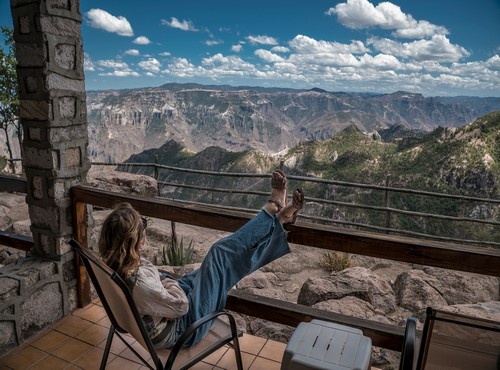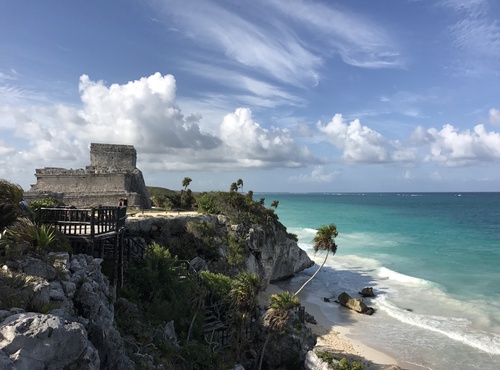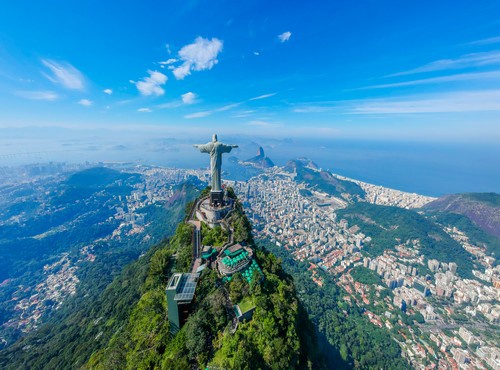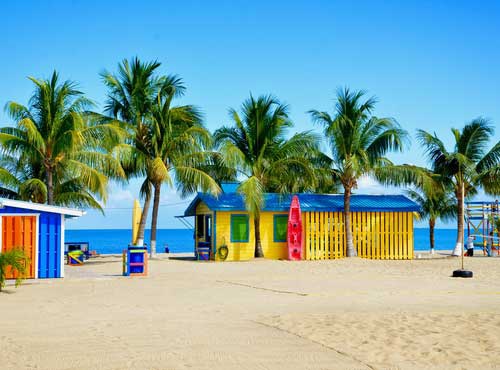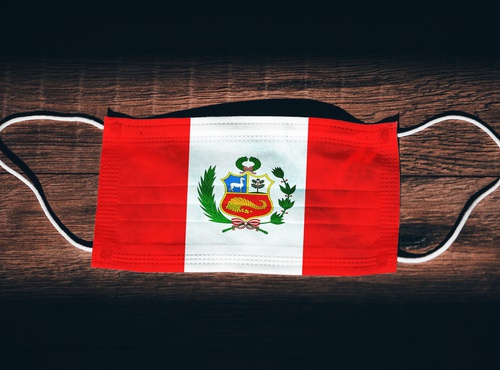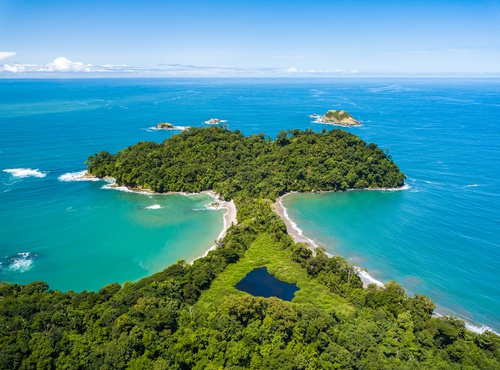
Written by:undefined undefined
Published: 16-11-2022
Brazil has a somewhat distinct history from that of other South American countries. The 18th-century Brazilian gold rush financed beautiful Portuguese colonial architecture, with sumptuous baroque churches and mansions decorated with exquisite sculptures. The entire region is a homage to the brilliance of Brazilian sculptor and architect, Aleijadinho, and his works can be seen and appreciated throughout. Today, the atmospheric cobbled streets are lined with interesting museums, shops selling local handicrafts and charming pousadas sweet, colonial towns such as Ouro Preto and Tiradentes, all the way to Rio de Janeiro, the marvelous city on the coast. While most Brazil tours, concentrate on the incredible beaches of Brazil, Historical Brazil focuses on just that… history. Travel to Brazil includes the all-around experience of what Brazil has to offer on this Historical Brazil Tour.
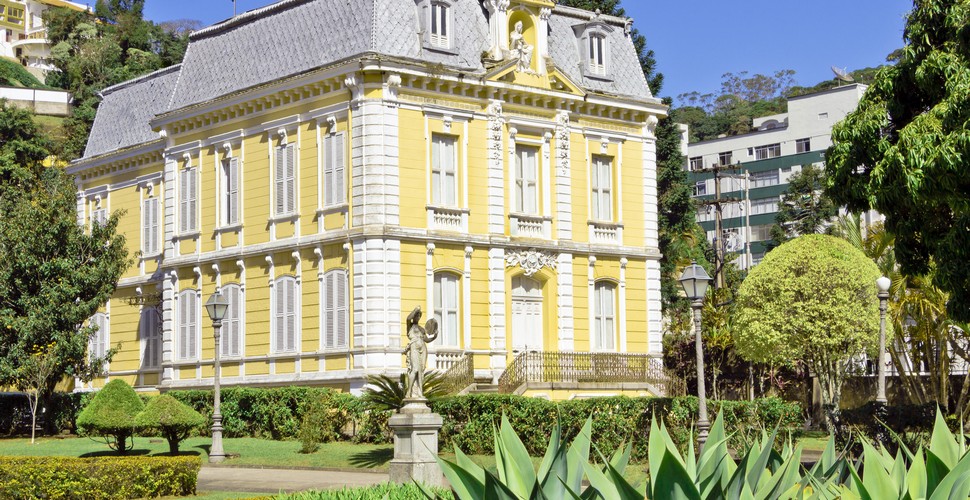
19th Century Mansion, Petropolis
Salvador
Founded in 1549 as Brazil’s first capital, and the seat of the Portuguese government for more than two centuries, today Salvador de Bahia is a metropolis with over three million inhabitants. The oldest section of the city, the Centro Antigo, houses 80,000 residents alone. At its core is the colonial-era Centro Histórico, which is composed of seventeenth- and eighteenth-century houses and churches. This historic urban landscape in Salvador is a significant component of Brazil’s historical and cultural development over many centuries.
Recife
Found between the River Capibaribe and the River Beberibe, the city of Recife was built on the Atlantic Ocean in the 16th century. In the historical center, around Matriz de Santo Antonio, the colonial church built by the Dutch, the remains of the colonial era are erected. With colored houses and Baroque constructions, the center of Recife, although poorly maintained, is a stunning place to walk around.
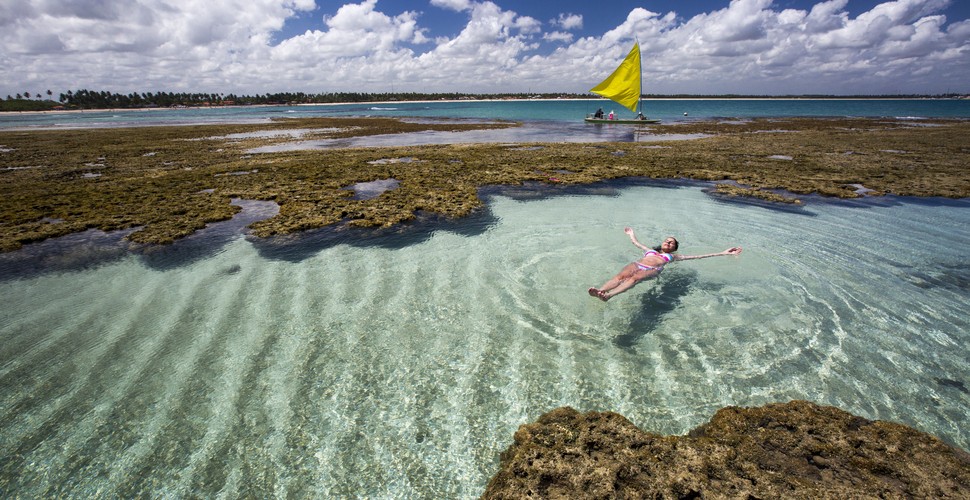
Recife
Olinda
The town of Olinda, classed as a World Heritage Site by UNESCO, is a real gem. Although the city's state of preservation is critical, the historical center, founded in the 16th century by the Portuguese, then reconstructed by the Dutch in the 18th century, is an alliance of Baroque constructions and green gardens, all with a fabulous view of the Atlantic Ocean. The architecture of the Olinda reminds visitors that the city was one of the jewels of the sugar cane industry in the north of Brazil.
Sao Luis
The city was founded by the French in 1612 and was the only Brazilian city to be colonized by the French. Later, Sao Luis was invaded by the Dutch and finally colonized by the Portuguese. As a result of these influences, the Historic Center of São Luís was inscribed as a UNESCO World Heritage site in 1997.
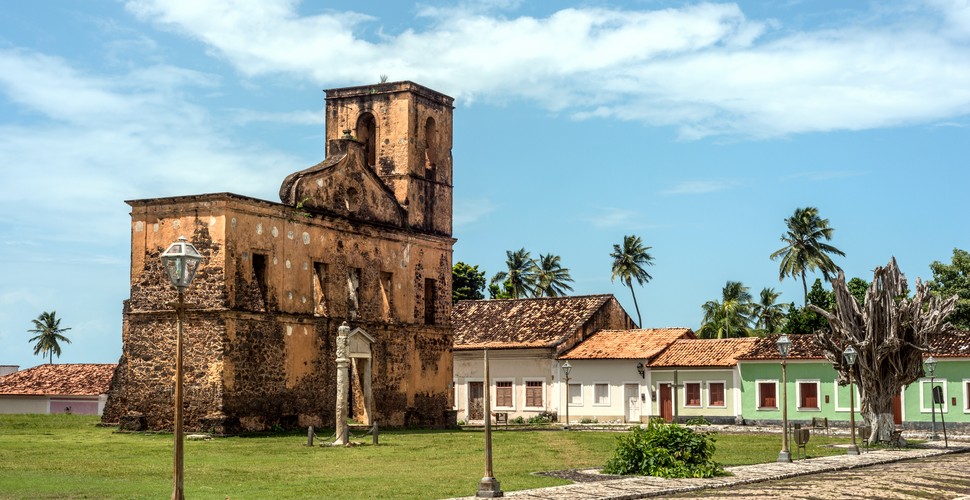
Sao Luis
Ouro Preto
Ouro Preto was at the heart of the 18th-century gold rush in Brazil, and its wealth and prosperity remain in the well-preserved Baroque architecture that decorates the town. Brazil has 21 World Heritage Sites, 14 cultural sites, and seven natural sites, and Ouro Preto was the first one, receiving the title in 1980. When European colonizers arrived in Brazil, they extracted and mined what must have then seemed like an inexhaustible source of natural wealth. At the center of this fever was Ouro Preto which became Brazil’s gold-mining town.
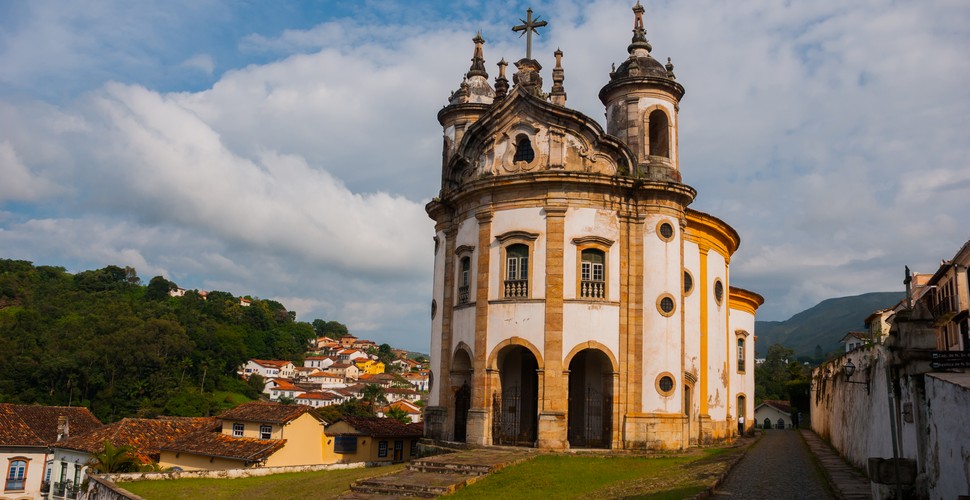
Ouro Preto
Congonhas
The sanctuary of Bom Jesus do Congonhas, consists of a church with a Rococo interior, an outdoor stairway decorated with statues of the prophets, and seven chapels illustrating the Stations of the Cross, which are masterpieces of a highly original form of Baroque art. Congonhas is known for its basilica and associated soapstone sculptures which were commissioned by Portuguese adventurer, Feliciano Mendes in the 18th century. It was created by Aleijadinho, one of the best artists in the baroque style in the world.
Sao Joao del Rey de Tiradentes
Explore Tiradentes quiet cobbled streets and dig into the fascinating local history. Find out why the town is named after a real-life character called ‘The Toothpuller’ and the town's role in The Brazilian Gold Rush.

Sao Joao del Rey de Tiradentes
Petropolis
Petrópolis was built as the second planned city in Brazil just after the city of Recife, projected by the Dutch colonizers some centuries before. In Petrópolis, the urbanism project was authored by Júlio Frederico Koeler, a German who brought the Teutonic characteristics to the city's streets, and nowadays, the main avenue in Petrópolis carries his name.
Rio de Janeiro
Portuguese explorer Gaspar de Lemos arrived at Guanabara Bay which was originally thought to have been a river, thus giving the city its name, Rio de Janeiro, or “January River.” The city was eventually founded on March 1, 1565, as a fortification against French privateers who trafficked wood and goods from the Brazilian interior. Before the arrival of the Portuguese, the region of Rio de Janeiro had been inhabited by the Tupi, Puri, Botocudo, and Maxakalí indigenous peoples. Today, Rio de Janeiro is known for its magnificent beaches of Copacabana, Ipanema, Christ The redeemer, and Sugarloaf mountain.
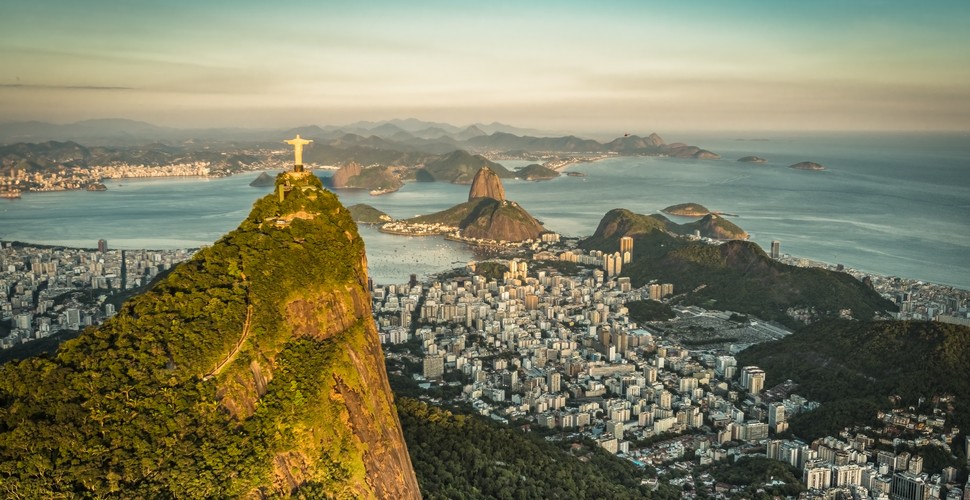
Christ the Redeemer
Paraty
Originally settled by the local Guaianás indigenous people who gave the town its name, Paraty means River of Fish in the Tupi language. The Portuguese ‘founded’ the town in 1597 but it wasn’t until 99 years later that the town began to flourish. This route connected Paraty to the rest of Brazil for the first time since the gold route in the 17th century and meant that people could now flock to see Paraty´s preserved colonial heritage and relax on one of its many islands. Today, marvel at the cobbled streets and the colorfully painted buildings with large windows that characterize this quaintly stunning town.
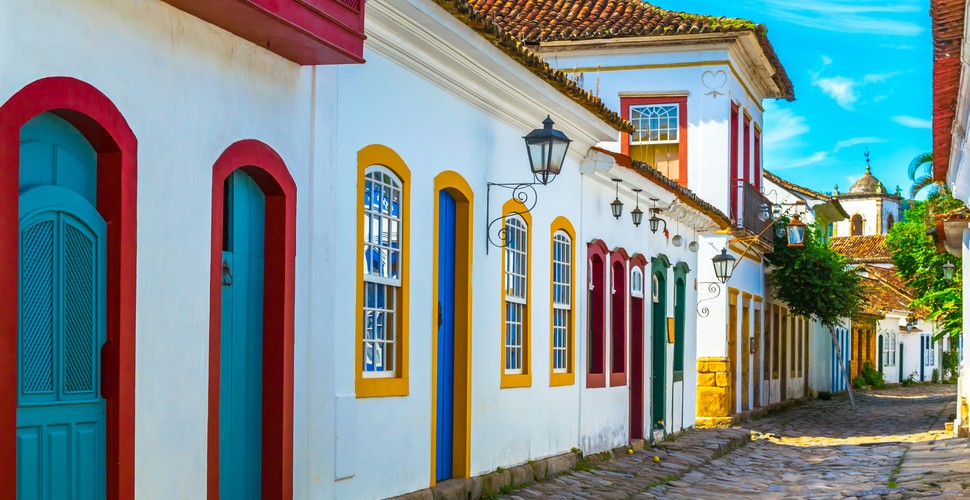
Paraty
Book the Historical Brazil tour with Va Expeditions here!







